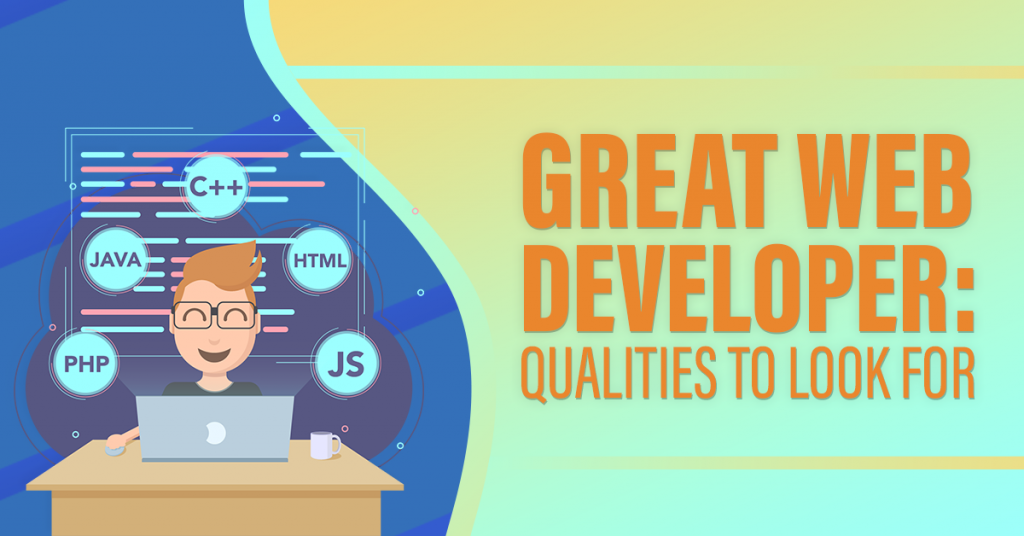Today, mobile apps have invaded every sphere of human life and changed the way people experience before and after mobile application development. However, the businesses while developing the mobile application for their user’s convenience, the foremost question that arises in front of them is, which platforms to choose- whether Android or IOS. That’s why, in this article, you will come to learn about the different types of mobile application development for different platforms. Techimpero is a growing App development service in India. Our company provides all types of digital marketing solutions like SEO, SMO, PPC with all social media services (Facebook, Twitter, Instagram) and also includes Google ad words. It is a unique platform which is working for a single goal – Give life to your dreams!
Android is an open-source platform developed by Google. While IOS was developed and supported by Apple. But, both are particularly used on their devices only. Unfortunately Android and IOS cannot run together on a single device so that is the main reason we are guiding you to different types of mobile apps for different platforms.
Native App Development
It is built for a particular operating system (OS). Meaning- these developed apps are native to a specific operating system.
To put in simple words, if you are planning to develop an app for Android and iOS then these native apps will be developed separately by the Mobile App Development Company in Chennai for each platform by taking complete advantage of different technology stacks.
Native app development supports all the important features of the developing platform and compatible devices.
Pros
Higher responsiveness and performance
Highly secure, reliable, and Platform-specific UI implementation
It can easily interact with any of the mobile device’s features.
It is more interactive and intuitive.
Cons
Since they are developed for a particular platform, native mobile apps can only work on a single platform.
This development is a little complex in nature and it needs some professional mobile app development company and support.
Every platform of iOS and Android needs a unique set of codes meaning that the development time for native apps is more.
Hybrid apps
It can look and feel similar to native apps, but it is actually a web app on the inside.
Developing hybrid apps through a reputed mobile app development company in Chennai can be the best solution if you are creating a Minimum viable product (MVP) to test an idea on the market.
With hybrid mobile app development, you can provide a simplified version of a mobile app to your potential users’ hands rapidly.
Pros
Hybrid app development has only a single code base to manage, and thus it saves more time and money in the development process.
This mobile app development can have the same and consistent user experience across the different platforms or browsers.
Let’s use this hybrid mobile device’s features like native apps.
Hybrid App development is based on various web technologies and hence these apps can run on various browsers like any website or can run as Progressive Web App (PWA).
Cons
The approach of hybrid app development by mobile app development companies in Chennai can’t go well for 3D, HD games, high graphics-oriented apps, and the same other performance-centric applications.
Since hybrid apps load in a web view, the performance is much lesser when compared with the native mobile apps.
As the mobile app cannot be customized depending on the platform, the user experience will be often less optimal.
Also Read: Types of Web Application Services
Web app development
Unlike native app development, web apps are not real apps and not distributed through Google Stores or Apple. But, web apps are websites that are designed exclusively for smartphones and tablets. It can recognize the device which the user is using it from and will adapt to it.
Even though the Web-based mobile application development services are very limited in functionality yet it is advanced in technology, security, and internet speed.
Pros
Web applications actually run in a web browser and so a single responsive web app can be used across various device types. This ends up in lower development costs.
As web applications run from a host server, there is no related installation needed on the local machines.
The users don't have to download web apps; it won’t consume the internal storage of the devices.
Cons
The web application works only if there is an internet connection. So if the user has not signed in then he/she will not be able to use the application.
Since it is not a real application like a native app, it will not be distributed in the stores, and so it requires extra promotional work to reach users.
Limited access to the aspects of the devices and hardware integrates the user experience to some extent.





